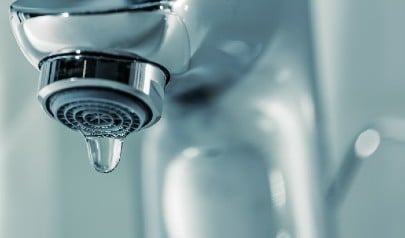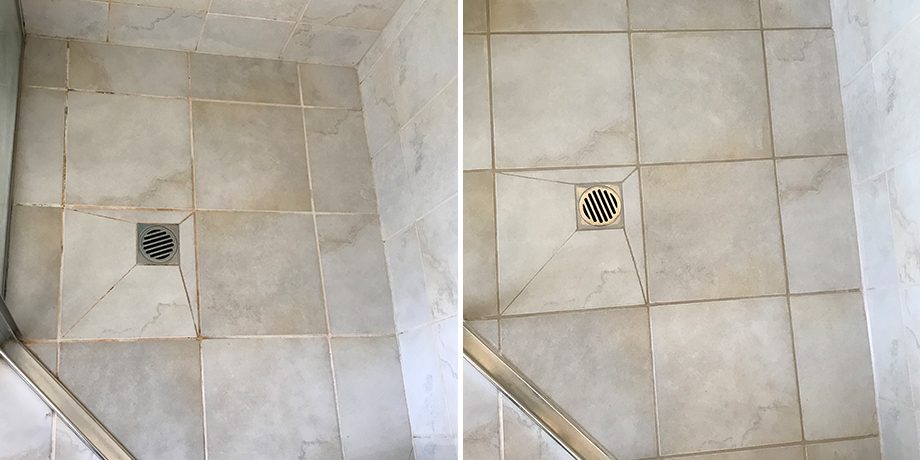How to avoid a Water Damaged Bathroom
How to avoid a Water Damaged Bathroom
Blog Article
We have encountered this post on How to Fix a Water Damage Bathroom below on the internet and felt it made sense to share it with you on this site.

The washroom is incredibly prone for wet accumulation as well as prospective water damages due to the regular use water in it. This article provides straightforward inspection methods to aid finding water damage risks.
The regular use water in the bathroom makes it incredibly prone for wet accumulation and prospective water damages. By evaluating it regularly, you can decrease water associated problems.
The adhering to set of inspections is easy to carry out as well as must be done as soon as in every 3 months in order to maintain your bathroom in good shape as well as to avoid prospective water problems brought on by the bath tub, the shower, pipeline joints and plumbing, sinks, cabinets, and the toilet
Do not overlook carrying out these assessments as well as be complete while executing them. Remember that these straightforward inspections can save you a lot of money by providing early indications for water damages
Sinks and also Cabinets
Sinks and also closets are revealed to dampness and also humidity daily and also are often overlooked. Evaluate consistently under the sink and also on the counter top over it. Repair any drip in the trap as it may suggest drainpipe troubles. Check out the sink, slow-moving draining pipelines may suggest a blocked drain. Change sink seals if they are split or loosened.
Tub and Shower
The shower and bath tub call for unique interest and upkeep. Examine the ceramic tiles as well as replace if cracked. See to it that there is no missing grout in between the floor tiles. Evaluate and also change broken caulking at joints where the walls meet the floor or the bath tub. Obstructed drains pipes as well as pipes problems will protect against the bath tub from drying out as well as may show significant troubles underneath the bathtub. Consult with a professional quickly to stop architectural damage. Pay attention to stainings or soft locations around the tub walls as they might suggest an interior leak.
Plumbing
Signs for water damages are difficult to spot since the majority of pipelines are installed inside the wall surfaces.
Pay unique attention to floor covering and also walls moisture and also spots as they may show an undetectable plumbing problem. Examine wetness levels in adjacent spaces as well.
The Commode
The toilet is a vulnerable water joint. Check the water lines and also search for leakages around the bathroom seat, in the hose, and also under the water storage tank. If you detect any kind of signs of wetness on the flooring around the bathroom, check for leakages in the toilet rim and also tank seals.
Realize that hanging bathroom dish deodorants raises the possibilities for clogs.
Water Damage Signs In The Bathroom To Avoid Cleanup
Musty smell
This is one of the easiest signs to catch because musty smells are so odorous. The damp, earthy, moldy smell should be a big red flag. The smell will develop when moisture gets trapped in surfaces, and begins to facilitate mold growth. Leaking pipes under cabinets, inside walls, and behind shower fixtures will cause moisture to stay trapped and not dry, which will lead to mold growth and spread. As soon as you notice any musty smells in your bathroom, have it checked for hidden water damage and cleanup signs.
Visible mold
If the smell isn’t there to give it away, sometimes you will actually see mold growth. Finding mold in your bathroom is a serious problem, because mold is very harmful to your health. By the time mold growth is visible, it also means that water damage has already occurred and been present for some time. The only way the mold problem can be resolved is to find the source of the moisture and get it stopped. To safely and adequately remove mold, you need to have professionals handle the remediation. Do not waste any time in getting mold problems addressed, fixed, and sanitized so that you can protect you and your family from the many respiratory symptoms caused by mold exposure.
Damaged floors
Bathroom floors should be able to withstand some exposure to water while still remaining in good condition. However, when excess exposure or water leaks occur, they will begin to damage even the most water-resistant flooring. If you notice any cracking, bubbling, staining, or warping on your bathroom floors, there is probably a water leak somewhere causing the distortion. If you notice areas of the floor have become softer, or even have a spongy feeling, there is probably damage to the subfloor. Subflooring is typically made up of plywood. When plywood is exposed to water or moisture, it will absorb it. Once it has become saturated, the weight of the excess water will cause the wood to swell and soften. Check the floors in your bathroom frequently to catch any of these sings before they lead to damaged subflooring.
Changes on walls
When water leaks behind walls, it will cause changes in the drywall. Peeling plaster, blistering paint, and soggy wallpaper are all good indicators that excess water is building up behind the wall. Water leaking behind drywall will cause it to swell and be soft to the tough. If you start to notice gaps along the trim of your walls, or where tile meets the wall, it could also be a strong indicator that there is a leak behind the wall. Any changes, distortion, or damage on the walls should be evaluated as soon as you notice it to prevent further water damage and cleanup.

I hope you liked our post on Preventing Water Damage in the Bathroom. Thanks a ton for spending some time to read our short article. I beg you take the time to share this blog posting if you appreciated it. We appreciate reading our article about Looking for Signs of Water Damage in the Bathroom.
Check It Out Report this page